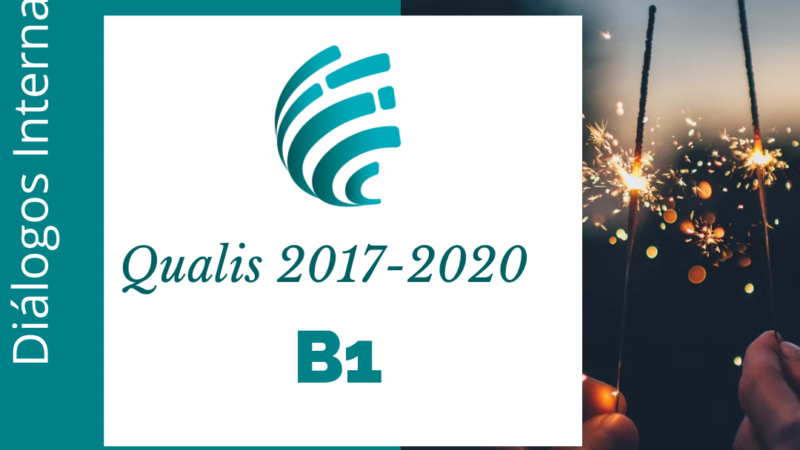The instability in Latin America democracies
By Natália Rezende
 Flags of participating countries of III CELAC Summit 2015in an José, Costa Rica. Photo: Ezequiel Becerra/AFP Site: The TicoTimes News |
In an interesting study, the North American political scientist Kathryn Hochstetler concludes that since 1978, 40% of elected presidents only in South America have been challenged by civilian actors trying to force them to leave office early, 23% have fallen either to impeachment or resignation. According to her, the strongest factor pointed in the government breakdown is its minority in Congress – caused by the enormous amount of little political parties in the Congress (also called hyper-fragmentation) and the difficulties to manage the government coalition by the Executive Branch. Other facts pointed by the study were poor economic performance, low popularity, to pursue neoliberal policies, be personally involved, or else, have their party implicated in corruption scandal.[1] The high number of cases concerns the political instability in the region.
First of all, we need to considerate that many LA countries were under authoritarian regimes until 1980, therefore the democracy regimes in the region are relatively recent. So, it means that approximately during the last 30 years, 14 Latin American presidents did not conclude theirs terms in Office.
Brazil was the first country to adopt the process of impeachment with president Collor’s case in 1992. In 1993, Andrés Pérez was impeached in Venezuela. In Ecuador since 1997, 3 presidents were ousted. In Paraguay, Cubas Grau renounced the Presidency after the murder of the Vice-president Argaña. One year later, Alberto Fujimori did the same in Peru. In 2001, the Argentinian president de La Rua resigned his mandate after popular pressures. In 2003 and 2005 respectively, the Bolivian presidents Lozada and Mesa resigned theirs mandates after intense popular demonstrations. In Honduras, the Head of Executive Manuel Zelaya was deposed and forced to leave the State in 2009. The Paraguayan president Lugo was impeached in 2013. The last Latin American president who didn’t complete its term in office was Otto Perez, in 2015, in Guatemala. And now, again in Brazil, President Rousseff was driven out of Presidency and the impeachment process is expected to be completed by the end of 2016.
Therefore, it is clear that the region is vulnerable to the political instability. Some historical and institutional processes may explain this situation. The most important fact to note is the effective number of parties in the Congress – reflecting the social heterogeneity – , which creates the difficult of the President in forming and managing a majority in Legislative. That creates challenges in approving its policy agenda and in addition it could represent a riskier situation for the head of the Executive.
Once the impeachment process derives from the lack of Legislative majority, we can say that many Latin American Presidents govern with this institutional instability. And, this was even more evident with Zelaya’s (Honduras), Lugo’s (Paraguay), Perez’s (Guatemala) and now Rousseff’s impeachment processes.
The mechanism is riskier when used to punish weak government, incorporating the Parliamentarian process of Vote of Confident. In this scenario, the impeachment becomes a kind of political gun to any circumstantial majority in Legislative which can be formed by opposition parties which lost last elections. Therefore, any carelessness of the government could create an “enough legal reason” to oust the President. It will be easy to the opposition parties understand it in a convenient way. The irresponsible use of the mechanism will create instabilities in political cycles, as we can see in Ecuador and Paraguay, and now in Guatemala and Brazil.
For the political scientist Paulo Peres, just in the way that it exists, the impeachment process can be used by the elites in order to disrespect the legitimacy of the electoral results. For him, there is still a “coup culture” in Latin American young democracies, either by the leftists or rightists political groups.
The coup culture in Latin American region is not only in the deposition, but also at the continuity of a political group in government, as in Venezuela or Bolivia. “It’s not only the opposition elites that want overthrow the elected government. But, some groups in office create many tools to remain in power for a very long time” [2]
The international repercussion of Brazil’s case, however, created a negative impact mainly in Latin American countries. Many of them repudiate the parliamentary process and Uruguay, Chile, Bolivia, Venezuela, Ecuador, El Salvador, Nicaragua, as well as the Secretary General of UNASUR, Ernesto Samper, said that he won’t recognize the acting President Temer.[3] [4] [5]
The MERCOSUR has already considered the use of Ushuaia Protocol – on Democratic Commitment. However, it’s unlikely that Brazil will be suspended by the bloc, just the way it happened with Paraguay in 2012, when the country was suspended from it after the impeachment of the ex-president Lugo.
Is there an alternative way for LA democracies?
According to many political analytics[6], the LA countries would improve their democracies by promoting constitutional reforms which includes the switch of presidential to semi-presidential or parliamentarian regimes, alleging they are typical political regimes from consolidated democracies as in Europe governments.[7]
First, one important thing to consider is the historical process of LA countries, what created local elites and accentuated inequality – different than Europe States. So, taking into account the specific characteristics of the historical, social, political and economic process of each LA country we need to analyze the pros and cons arguments considering the risks involved.
The Head of Government will be elected by the negotiations of parties present in Congress, what could improve the accountability and the fiscal responsibility of the governments’ leaders; also creating better opportunities of dialogues between Legislative and Executive Branch, facilitating the approval of the government program and presidential law initiatives.
Although, the switch could contribute to further political instability, once there are heterogeneous political elites in Parliament which represent different portions of social groups not the majority of the society – once, the President, elected by the majority of society, tends to focus on the majority demand and universal policies; in other hand, the parliamentarians, elected by many different social groups to represent them, tends to focus on particulars (minorities) demands. Therefore, the switch may weaken the traditional concept of ‘common interest’ (or even the majority interest) creating a clientelistic policy agenda.
In addition, in parliamentarian regimes, the head of government can be ousted any moment much more easily than the presidential impeachment process, creating constantly new Cabinets and promoting different not continued government programs.
So, as Pérez Liñan concludes “The Constitution is a government map. We don’t need to change the map, the problem is the politicians that had lost their direction” [8], according to him, change the map would be a risky move.
Natália Rezende é pesquisadora da Fundação Getúlio Vargas e tem experiência na área de Ciências Humanas e Sociais, com ênfase em Ciência Política.





